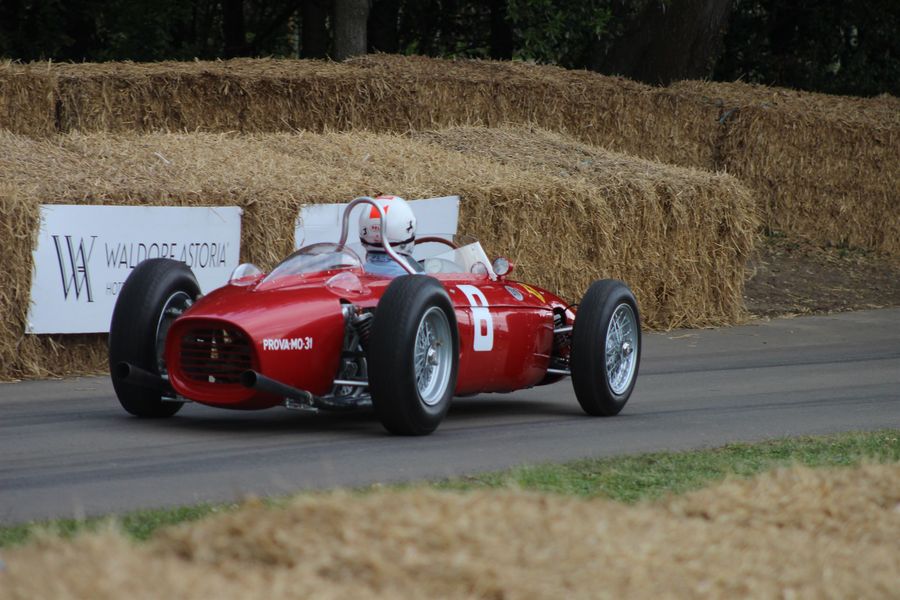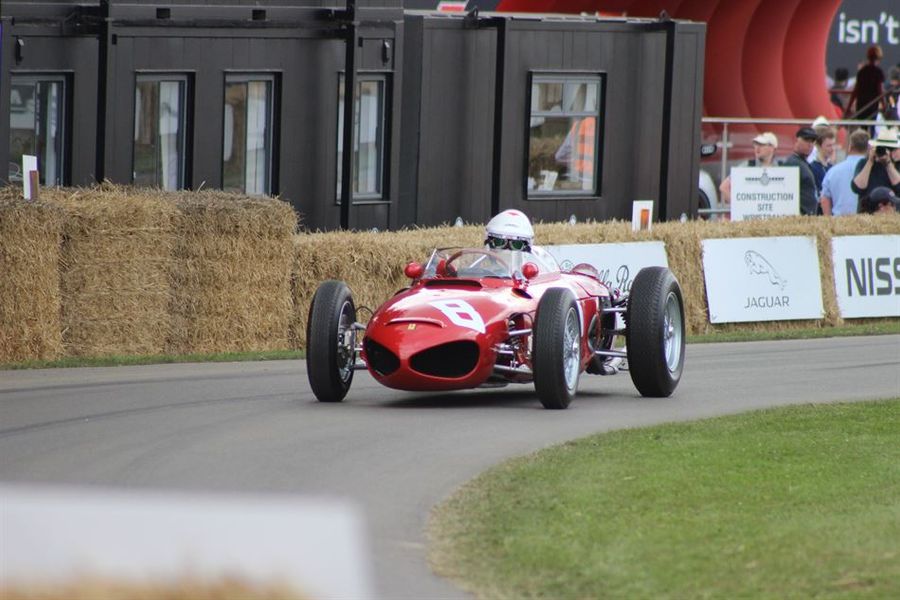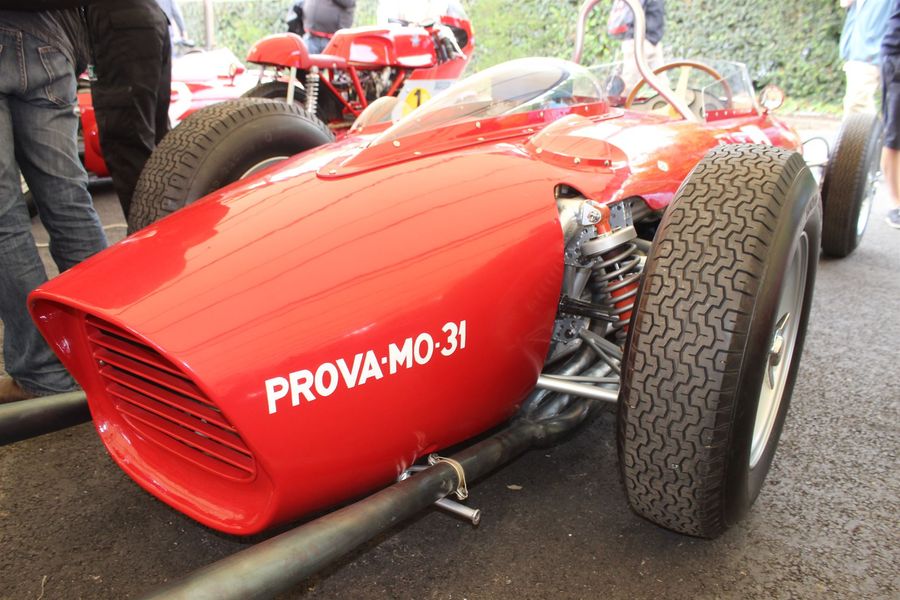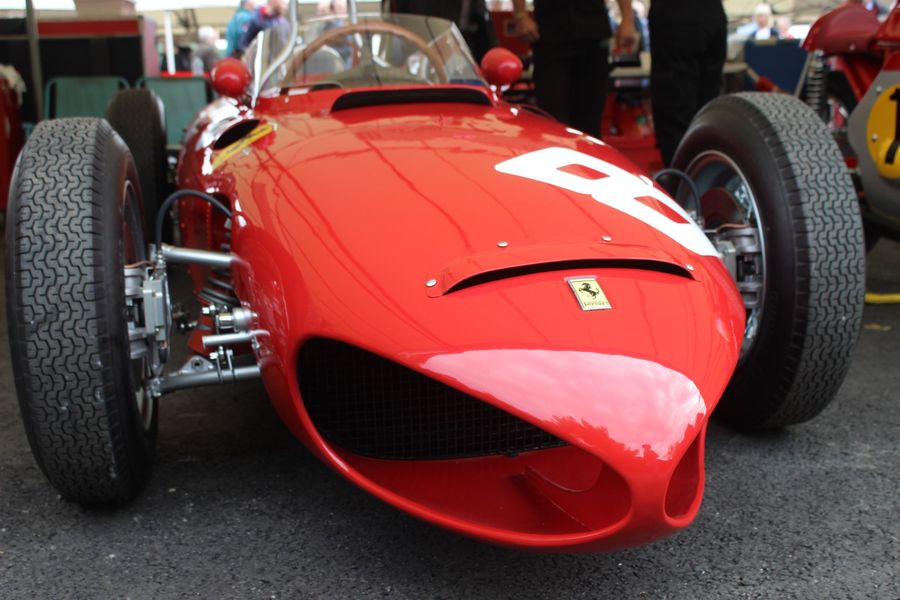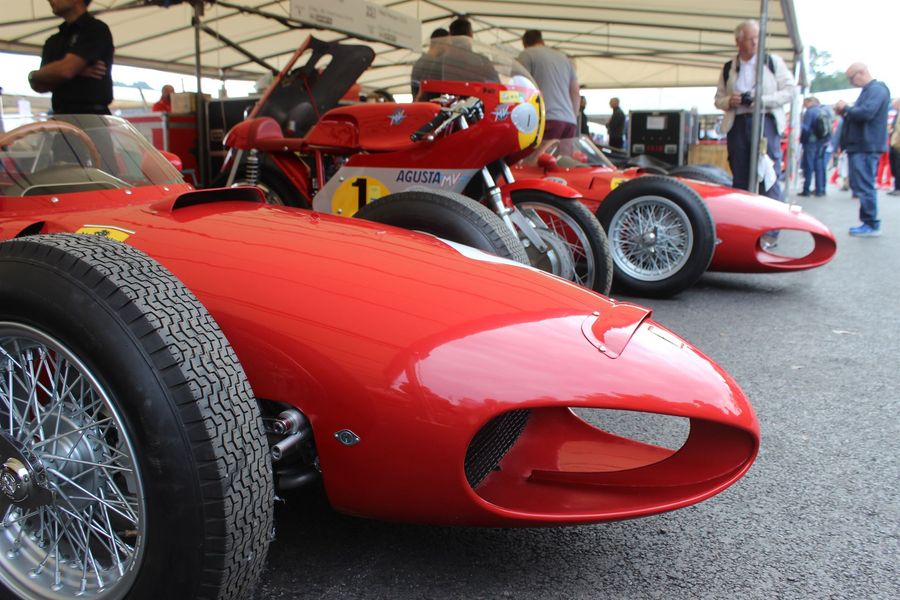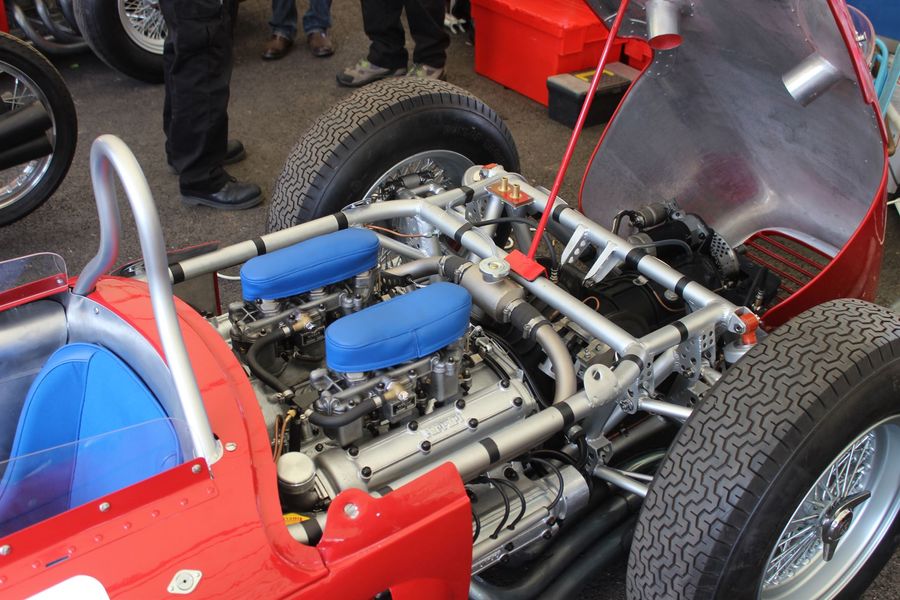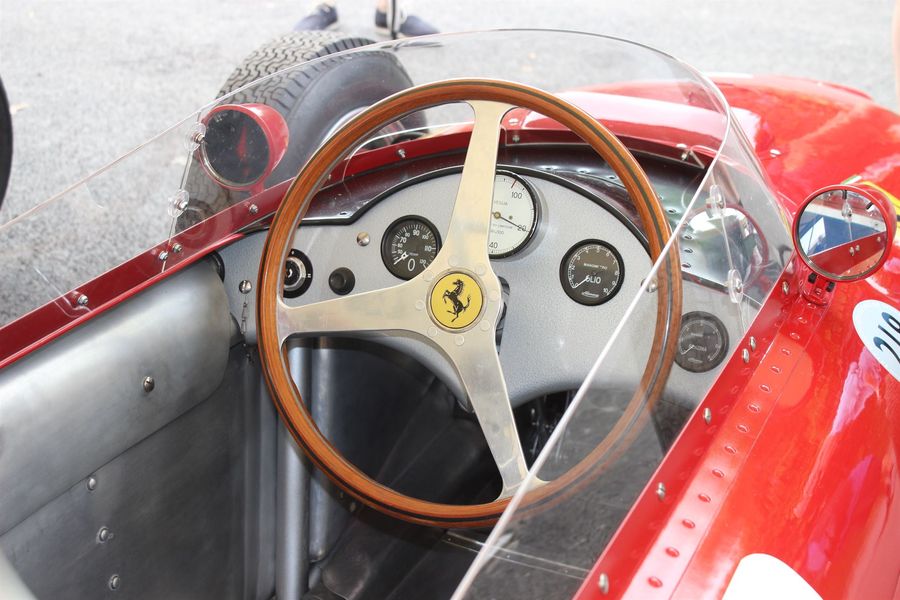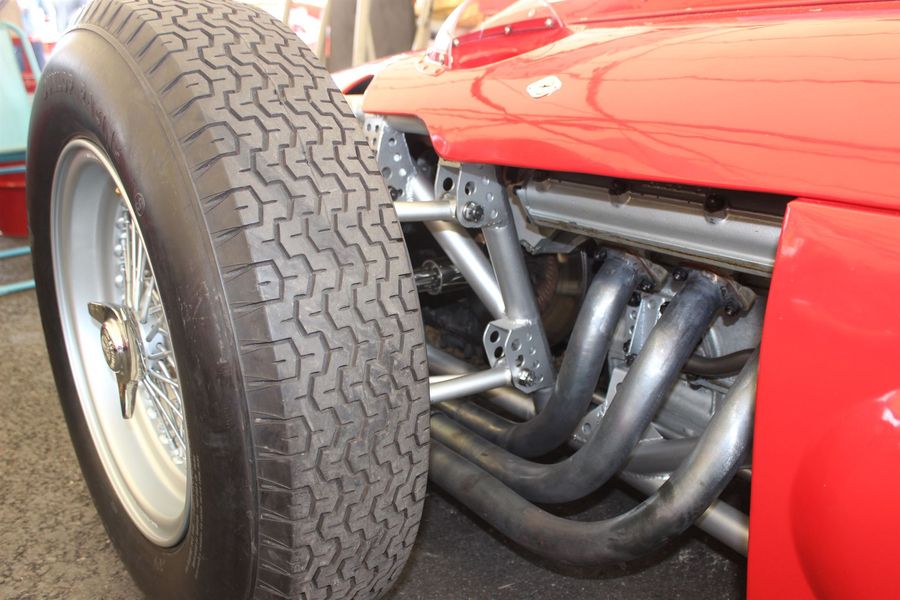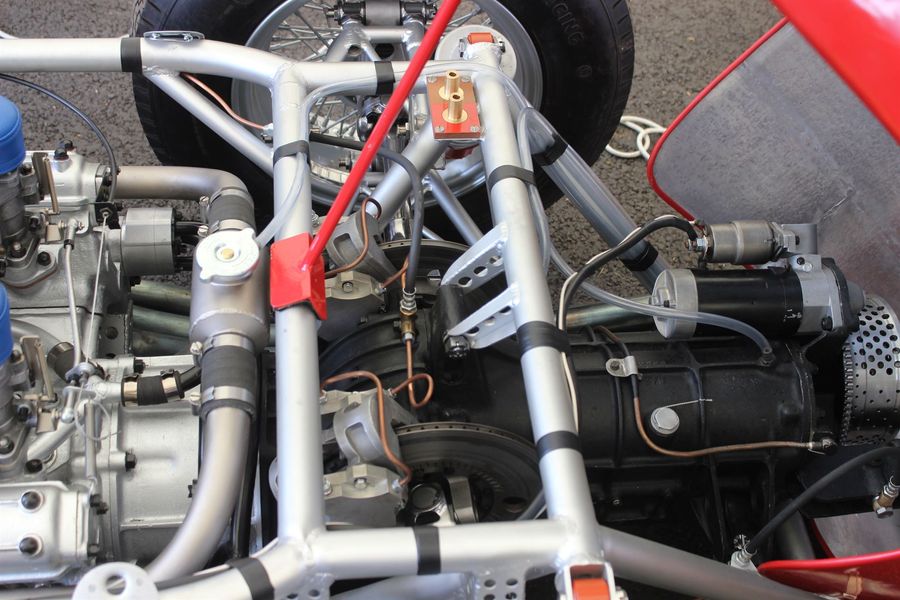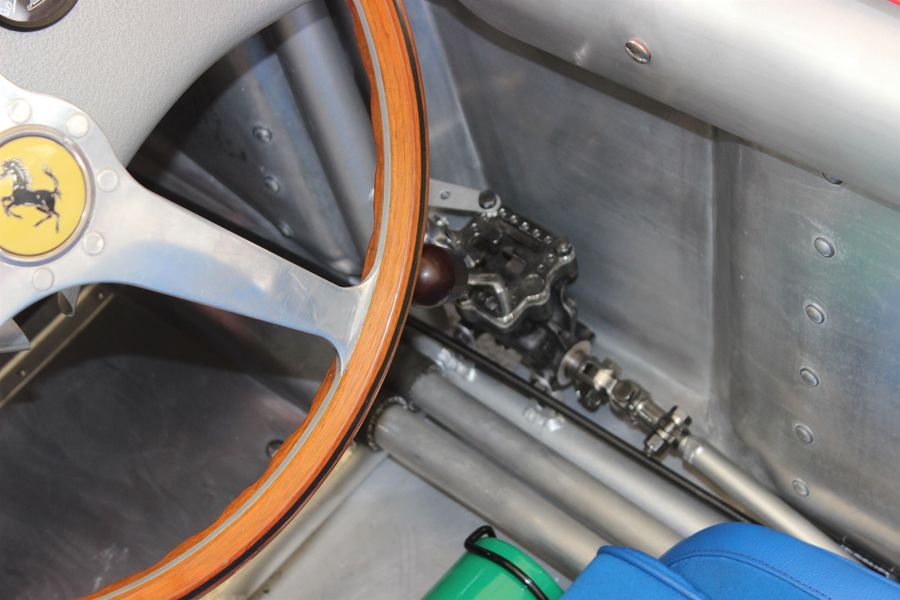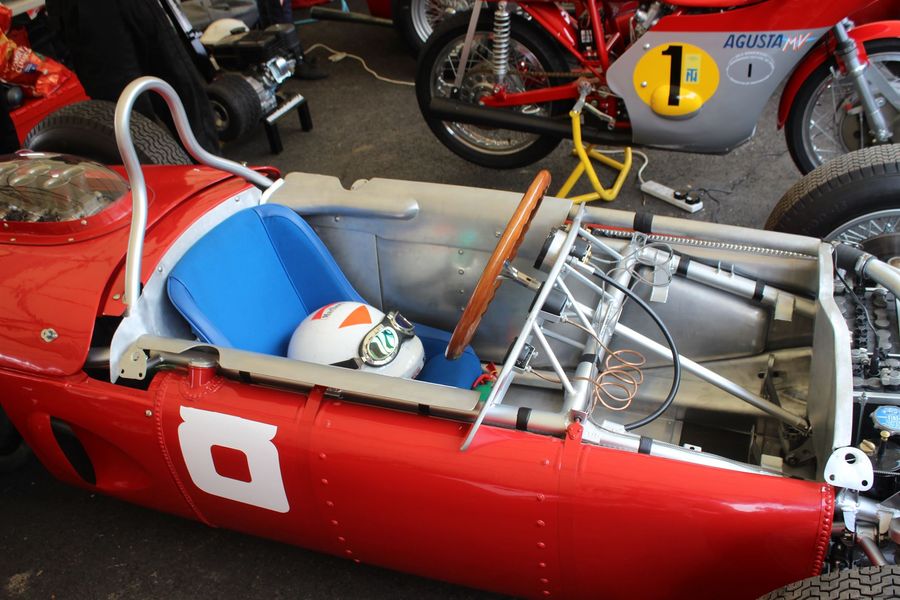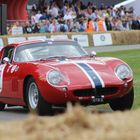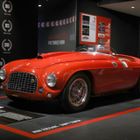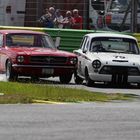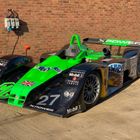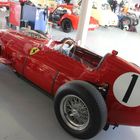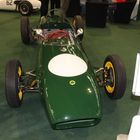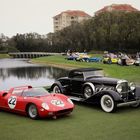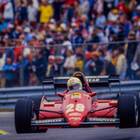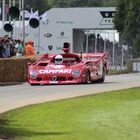A feature of the 2017 Goodwood Festival of Speed was the Ferrari theme which saw an amazing range of Ferrari competition cars on show and taking on the famous hill, and one of the highlights of that collection of cars were the brace of Ferrari 156s in the paddock. While any Festival of Speed visitor would be captivated by the distinctive ‘shark nose’ of these early 1960s Formula One cars, a 156 taking Phil Hill to the 1961 World Championship, the more knowledgeable observer might understand their true significance knowing that none actually survived Ferrari’s pragmatic philosophy of simply disposing of race cars once their competition life was over.
That does not mean that the two 156s are simple replicas. Each has been built in painstaking detail by Hampshire-based Setford and Company around original engines and gearboxes, which did survive Ferraris recycling policy, and the company went to painstaking lengths to make the cars as close to their 1961 specification as possible – even down to calculating chassis measurements and tubing diameters from original photographs.
Neither are the two cars identical, one having the 65 degree V6 Dino engine the cars started the season with, while the other has the 120 degree V6 that was used later in the season and offered ten horsepower more. The 156 scored four Grand Prix wins in 1961, two for Hill and two for Wolfgang von Trips, who was fatally injured in one in the Italian Grand Prix that year, though for many people the abiding memory of the 156 is form the opening race of the 1961 season, when Stirling Moss in his blue Rob Walker-run Lotus 18 held off Hill and Ritchie Ginther’s red 156s for lap after lap to take a famous victory.
At Goodwood spoke to Michael Mark from Setford & Company who was instrumental in the build process and gave us an insight into ehat it takes to bring these cars back to life:
“When the original cars were scrapped Ferrari did keep the major components, so engines, gearboxes – all the really expensive bits to manufacture . The rest of any chassis parts or body work just got put in their bin!
“Many years later those big components still existed as certain collectors held onto them, they went to auction a few times with nothing really happening to them, and then now and again someone had the idea that as these things existed, why couldn’t we get them making a noise again.
“We did lots of research, as many photographs as we could get, tried to find any drawings that still exist, and then pieced the cars back together to have a platform to run the engines in. It seemed that only two drawings still existed as they were disposed of along with the cars, but that was how it was done at the time, and we really had nothing.
“We found one chassis drawing, and on it were quoted tube diameters. We then had to find as many photos as we could of the cars with the bodywork off. At the beginning of 1961 Ferrari had a press day, but the cars were unfinished and still being assembled, and we worked our way through as many photos of that day as we could, and with a Vernier measured tube diameters form the pictures, worked back from there to calculate a factor to give the tube dimension where we knew it, measure a component near the chassis tube you need to make, and from that equation you can work out what size a tube or whatever is.
“One advantage of the car having been built with European measurements was that everything tended to be nice round numbers – if you worked out a calculation and came to 43mm, you could almost bet it was really 40 or 45. I like to think we have a maximum error of no more than five millimetres anywhere on the cars, and if we doubt we sized up rather than down.
“The cars themselves have been a three-year project, and both were tested on our rolling road, on Wednesday [June 28th, just prior to the Festival of Speed], so they are really fresh. The 120-degree engine, the one in the car with the two blisters over the engine, ran in 1962 with the team – though our cars are 1961 specification – and then they went to fuel injection, so this is the first time one of these engines has run in a car, and been heard running since 1962.
“To bring an engine back to life after no one has head it run for so long, it is great that those parts survived how they have.
“It has been a costly and lengthy process, we knew a lot from the first 156 we had built, and they are a lot of similarities, but we had to do some development work to get the 120-degree engine running again around the minor components and auxiliary parts, they didn’t come with the engine and we have had to manufacture them from scratch.
“The vee of the engine is inclined so much the exhaust cam covers are at an angle where they fill with oil, and they got round that by having a scavenge pump on each cylinder head to get the oil back into the motor for the main scavenge pump to take back to the main oil tank at the front of the car. None of that existed and again we had to work from photographs to work out how they plumbed that, where the pipes went, and we had to piece the engineering of that back to together.
“We try to stay true to how the cars were. If there is anything we see, even minor details, we try to replicate them, The Zeus fasteners that hold the bodywork on are all drilled through the middle, it can’t be a weight saving exercise as you are saving next to nothing but we think they must have had a tool that located in those. We haven’t got a picture of the tool or found an actual toolkit, but we have replicated everything we could see in the photographs.
“The two cars are specced for Monza towards the end of the 1961 season, where unfortunately von Trips had his accident, and Phil Hill went on to win the championship. He has so many points by that time he didn’t get to race in his home Grand Prix in the US, the final race of the season, as Ferrari didn’t go.
“We’d love to make more cars in this way, but it all really depends what components still exist. Without the original engines and transmissions the car doesn’t really have the heart it had when new, everything else we have put around these cars is new, but the it that makes that great news is original – otherwise we would have had a car that would look right, may even sound right, but would not have the soul.”
Popular Articles
March 2025 Podcast: Targa 66, Race Retro, Scalextric and Famed Journo Pete Lyons!
February 2025 Podcast: Brian Redman, the First Daytona 500, the Pick of the Ecclestone Collection and so Much More!
January 2025 Podcast -Indy Collection, Daytona and Baghettii's Debut F1 Win!
December Podcast: Derek Warwick Part Two...F1, Le Mans and More!


